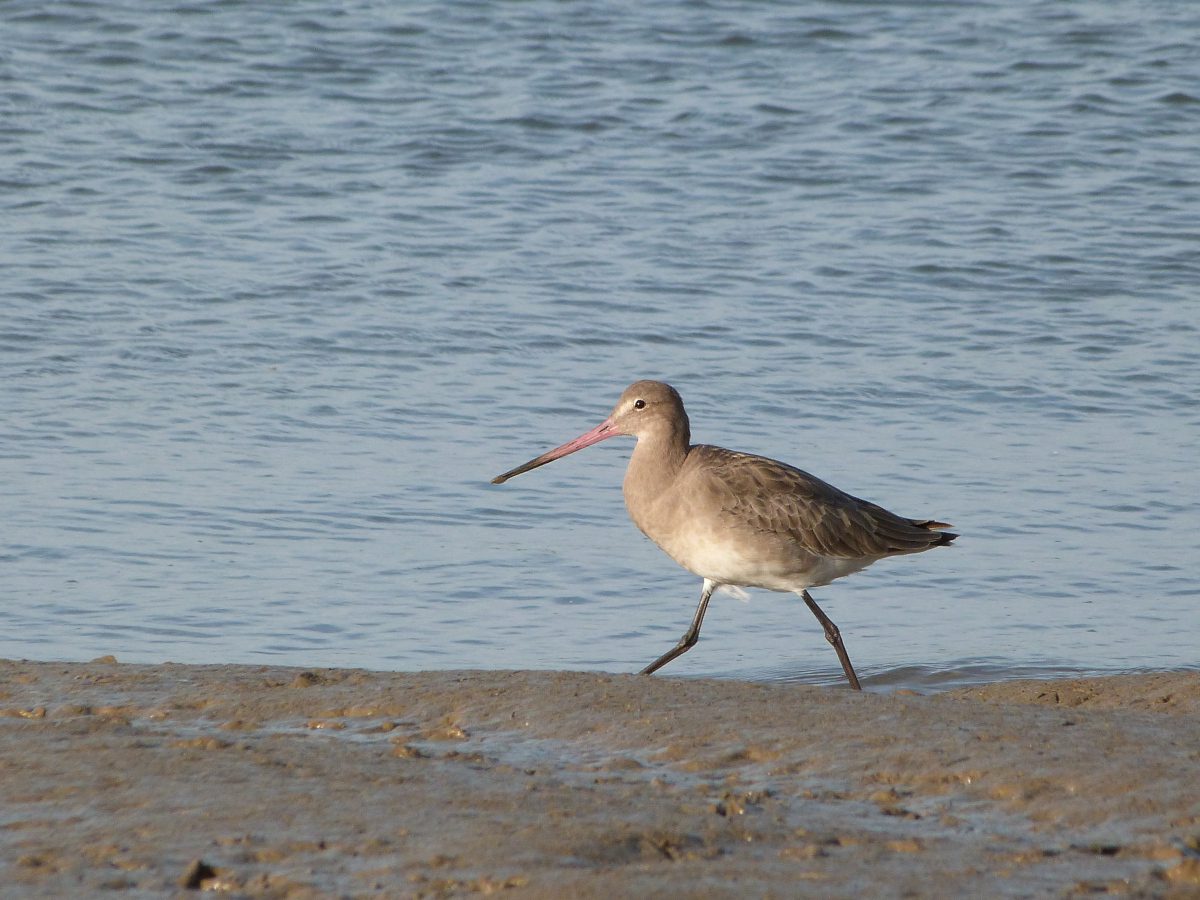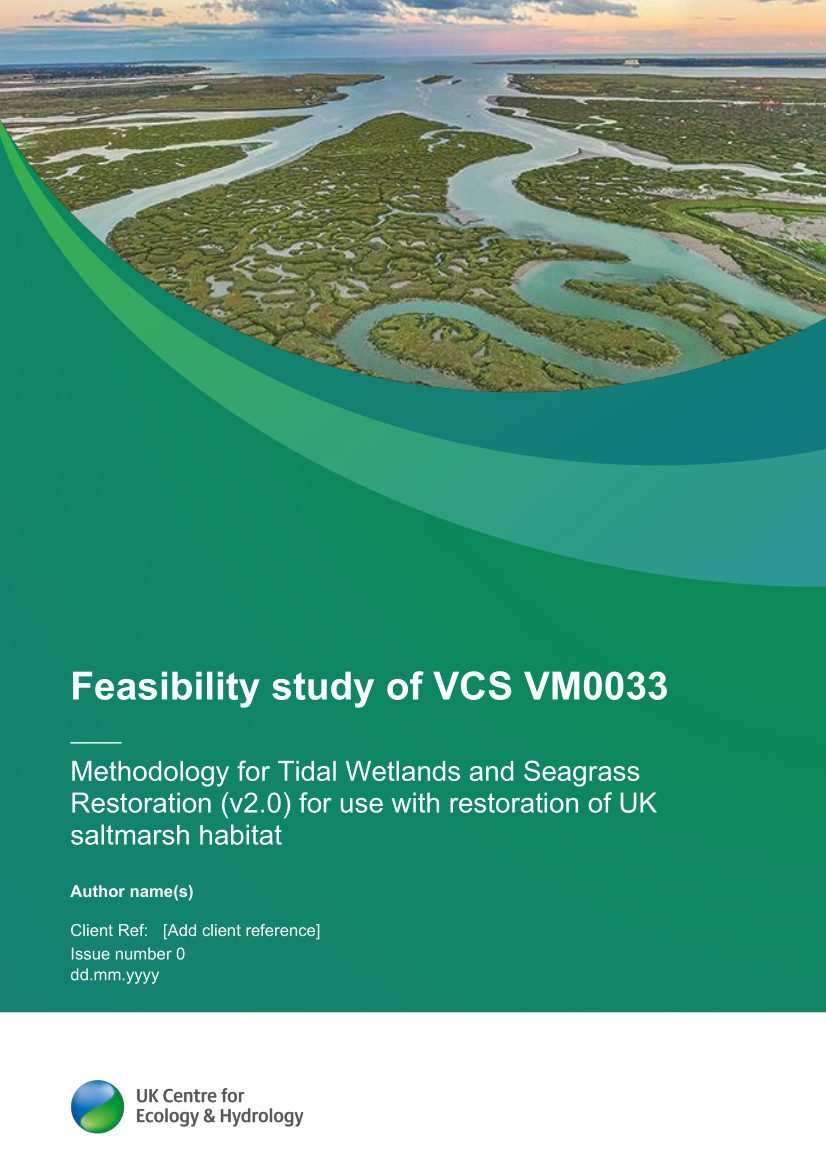
While the marshes may have meant danger for Pip in Great Expectations, these wetland habitats are important wildlife havens and mitigate climate change.
However, since Dickens’s novel was published in 1860, 85% of England’s saltmarsh has been lost as land has been claimed from the sea for agriculture, development or coastal flood defences. This has resulted in the release of greenhouse gases as well as the loss of biodiversity and natural buffer zones protecting properties and infrastructure from flooding.
The introduction of a carbon credit scheme, enabling companies to invest in the restoration of the UK’s degraded saltmarshes and voluntarily offset their greenhouse gas emissions, would be viable, a study led by the UK Centre for Ecology & Hydrology (UKCEH) has found.
A partnership of scientists, charities and financial experts investigated the feasibility of a Saltmarsh Carbon Code, similar to the existing Peatland and Woodland codes, which would create a rigorous and scientifically-based voluntary certification standard for saltmarsh carbon to be marketed and traded by UK companies. This would assure buyers of carbon credits that the climate benefits being sold are real, quantifiable, additional and permanent.
The independent study, funded by a UK Government grant, found the introduction of a UK-wide code and carbon credit scheme would be feasible, and provide a pipeline for private investment to contribute to restoration projects, providing there was also some level of public financing in restoration projects.
So far, there has been relatively limited saltmarsh restoration in the UK, with the majority of schemes to date providing compensatory habitat for damage to designated sites due to development. However, there is an increasing interest by companies in carbon credits, which could accelerate saltmarsh restoration.
At present, the UK only has about 45,000 hectares of natural saltmarsh remaining. It is estimated that these accumulate up to around 700,000 tonnes of CO2 a year and the top 10cm of UK saltmarsh soil hold a total of around 2.3 million tonnes of carbon.
The total amount of carbon sequestration could increase with effective restoration, which usually involves managed realignment of coastline by deliberating reflooding land to restore a coastal wetland habitat. Saltmarshes trap and bury atmospheric carbon in the sediment beneath them and the vegetation that grows on them.

UKCEH wetland scientist Annette Burden led the study, which also involved WWT, RSPB, the University of St Andrews, Bangor University, SRUC, IUCN National Committee UK, Finance Earth and Jacobs.
She says: “Saltmarshes can play an important role in addressing the climate and biodiversity crises. Restoring sites across the country would support progress towards our net zero targets and provide vital habitat for wildlife, including overwintering migratory birds and commercially important fish species such as Seabass.
“The introduction of a Saltmarsh Code would pave the way for private investment to support projects that have some public financing but would not otherwise happen.”
Varying factors such as ground conditions, design complexity and compensation to landowners mean the cost of restoration can be unpredictable, even after restoration work has begun, which is why public financing is considered essential to cover some of the costs.
The research team looked at how much of the cost of the planned restoration of RSPB Old Hall Marshes in Essex could be covered by private investment and reviewed whether carbon finance could have raised enough funds for the managed realignment of WWT Steart Marshes in Somerset which was carried out in 2014.
The analysis found that with grants, the WWT Steart Marshes scheme would have been able to generate market rate returns for equity investors, and therefore attract sufficient investment to be financially viable. The project team, backed by further Environment Agency/Defra funding, is now developing a pilot Saltmarsh Code for further testing, with the hope that a saltmarsh carbon credits system could be introduced in 2025.
The feasibility study and more information about the ongoing work on the Saltmarsh Code are available on the UKCEH website.
UKCEH has produced a podcast on the role and importance saltmarshes as part of its Counting the Earth series, as well as a saltmarsh factsheet.
The group’s scientists are also establishing the first network of greenhouse gas monitoring stations on saltmarshes around the UK coast. These flux towers will measure how much carbon dioxide gas is captured from the atmosphere and stored as carbon within the saltmarsh ecosystem






